Hillsborough, North Carolina.
Continuing our visits to small towns near our son’s home in North Carolina, we arrived in nearby Hillsborough just as a light rainfall was concluding. Our first stop would be for lunch, then a short walk to the visitor’s center to gain some knowledge of the historic points of interest in this county seat in Orange County, NC. Having recently learned of the Regulators and their impact on the Revolutionary War, this small town became a center of that turmoil.
A short two-block walk from the main drag brought us to the Alexander Dickson House. This historic residence is now the town Visitor Center. One of the first things we learned from a placard placed outside the residence is that this home served as General Joseph E. Johnston’s headquarters during the surrender of the largest Confederate Armies to General Sherman, ending the Civil War. Originally a rural farm house, the historic building was moved to the downtown area and restored for visitors to tour. Inside, we met a friendly representative who gave us a small brochure pointing out the many historic homes in the community. A few of those homes are featured in this post.
The city maintains two historic cemeteries, the earliest of which dates back to 1756. One of the signers of the Declaration of Independence, William Hooper, lived his life here and is buried in the older of the two cemeteries. Originally, Orange, North Carolina, in 1766, the town was renamed in honor of the Earl of Hillsborough, William Hill.
This small retail shop was all decked out for Halloween, only a few days away on the day of our visit. With such an inviting facade, we couldn’t help but wander onto the front porch and then inside to see what they had to offer.
As the day progressed, the weather began to clear and more people ventured outdoors. In front of The Mercantile Center, an artist sits on the tailgate of her SUV and paints a street scene view of the old town.
Our lunch in the crowded Cajun-style restaurant was fabulous, but it was crowded with the many outside seats empty due to the inclement weather. later in the afternoon, people found themselves enjoying a coffee or other beverage on the sidewalk in front of the several restaurants that line the main street.
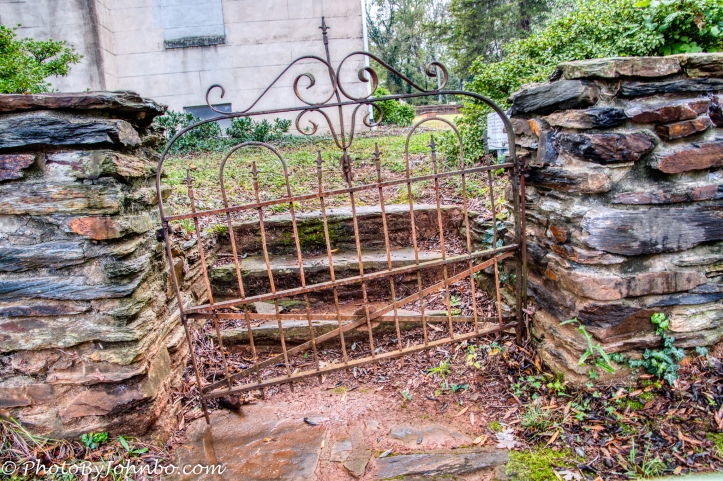 The North Carolina Constitutional Convention of 1788 was held in Hillsborough. One of the many major historical footnotes, this congress demanded that a Bill of Rights be added to the U.S. Constitution. Throughout the 19th century, the town remained involved in local and national historic events. We stopped by the town museum which featured a historic look at the contributions of women to the community. On the day we were there, part of the museum was closed due to the installation of a new exhibit. The gallery of images featured in this post were gathered on our city tour. As is my usual practice, most browsers will allow readers to click on an image to enlarge it and to scroll through the gallery.
The North Carolina Constitutional Convention of 1788 was held in Hillsborough. One of the many major historical footnotes, this congress demanded that a Bill of Rights be added to the U.S. Constitution. Throughout the 19th century, the town remained involved in local and national historic events. We stopped by the town museum which featured a historic look at the contributions of women to the community. On the day we were there, part of the museum was closed due to the installation of a new exhibit. The gallery of images featured in this post were gathered on our city tour. As is my usual practice, most browsers will allow readers to click on an image to enlarge it and to scroll through the gallery.
John Steiner

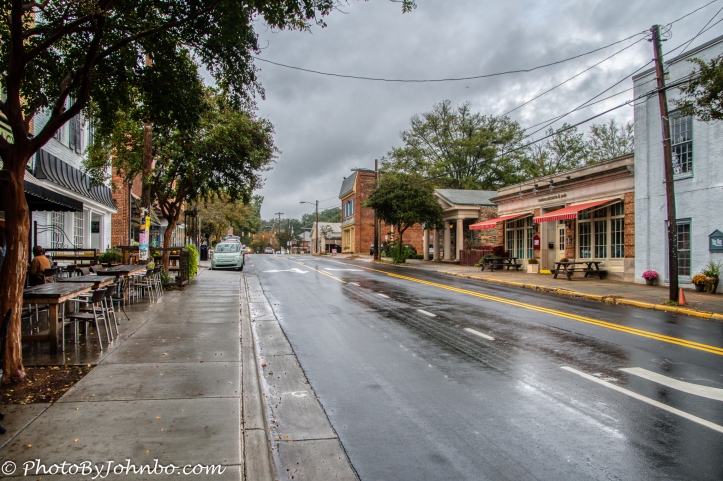
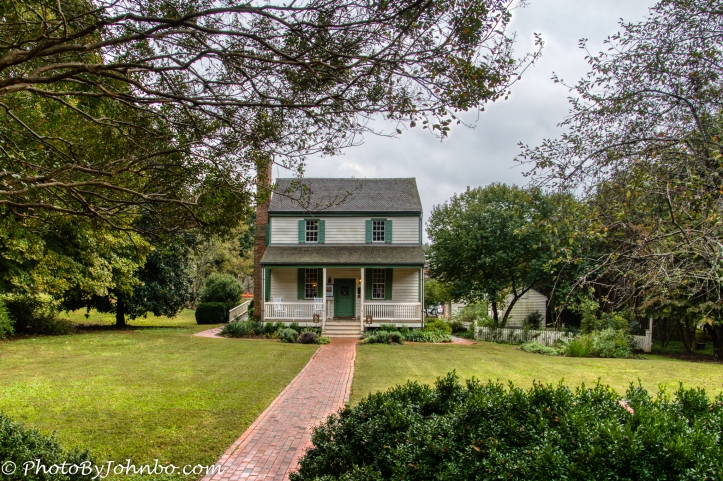
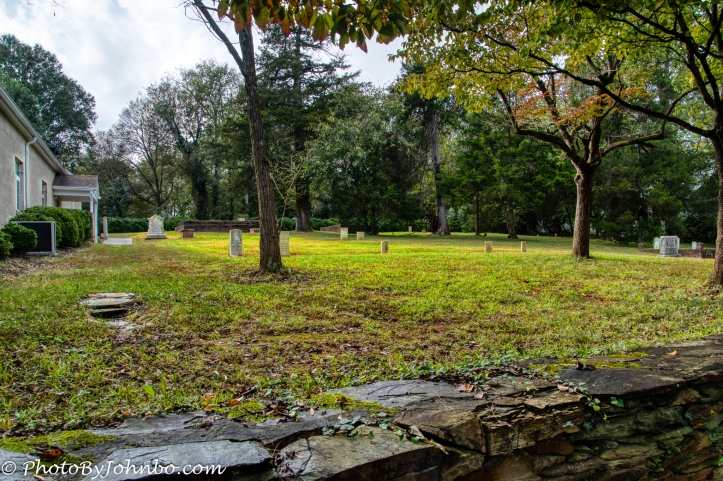
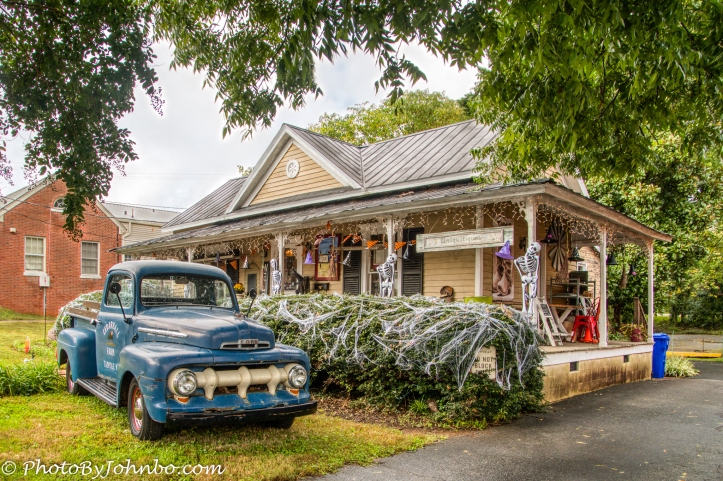
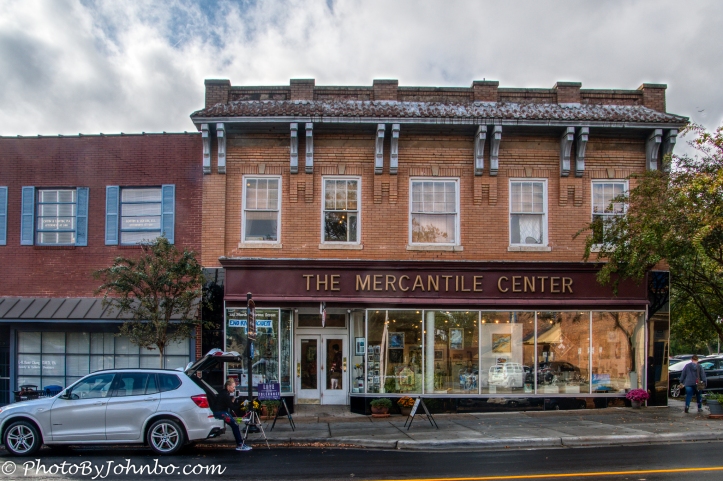
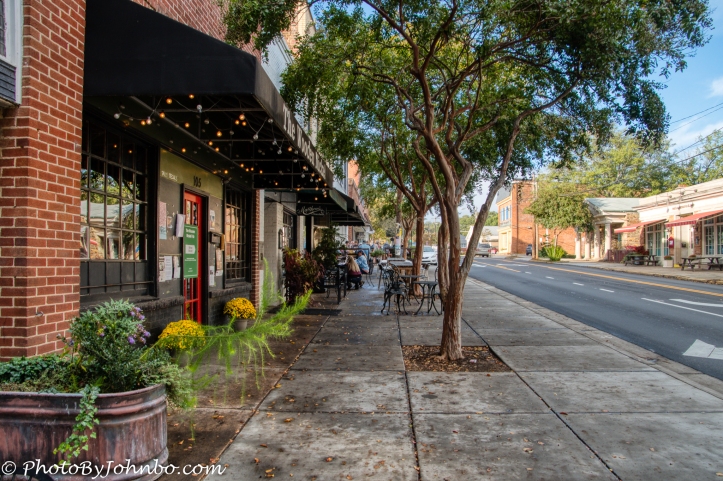












Looks quaint, like my kind of town! (Now to try and convince my better-half).
Seems all the small towns I’ve visited in North Carolina could be Andy Griffith’s Mayberry.
Thank would be fine with me!!!!
Hillsborough looks like a charming small town. Thank you for the good tour, John.
Shades of Mayberry. 😀
Thanks for the tour. Love shot of the artist at work. The sign on the store front would tempt me in there. 😃
Indeed. I toyed with a closer shot of the artist but thought the building was an important part of the image.
Yeah! What a great lil’ tour! There was also the introduction to beignets! Donuts & history, a good day was had!
Ah, yes… beignets. Good times!!
Reading your post, I wish I had stopped by when I drove past it four years ago. Next time!
The history of the eastern colonies is one of my favorite aspects of the area!